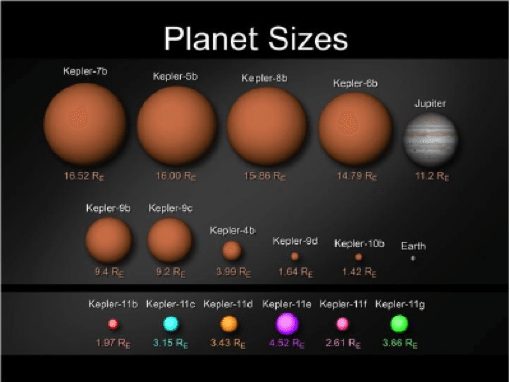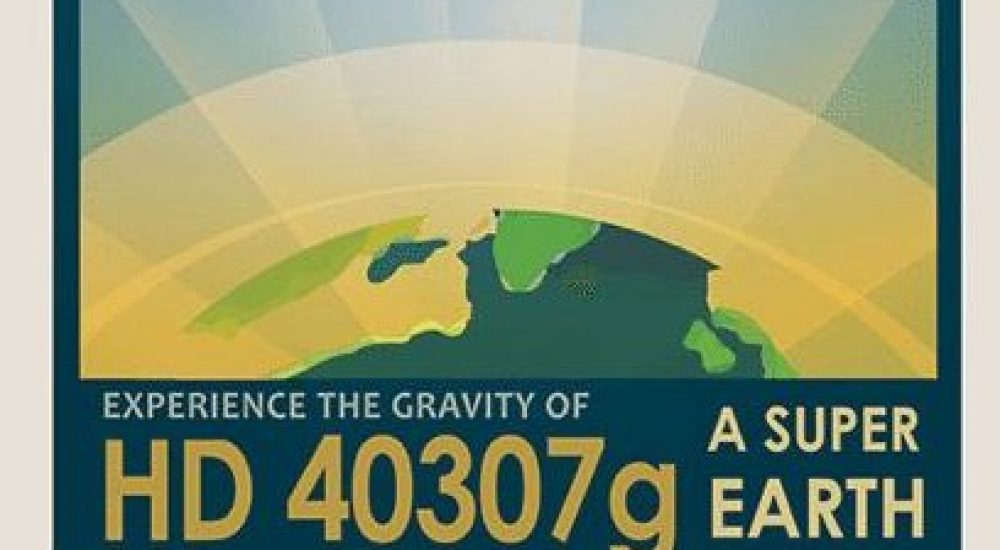The act of imagining other places, other worlds, is the stuff of explorers, adventurers, science fiction writers – and KIDS!
Imagination is something that kids have naturally, and out-of-the-box thinking is a valued creative 21st century skill.
Encouraging the kids in your out-of-school program to imagine other worlds, places beyond Earth, can help grow this skill. Couple it with some thought experiments to engage with science – what if earth was closer to our sun, or further away? What if our sun was bigger, hotter, or cooler? What might planets orbiting other stars look like? What would it like to be there?
 Did you know that since 1995, scientists have been actively discovering exoplanets – planets around other sun-like stars? To date, over 3,200 of them have been confirmed, circling around more than 2,400 different stars in our Milky Way galaxy – with many more under consideration. And most of these discoveries have been made in the last few years by NASA’s Kepler mission, which was launched in 2009 into an orbit around the sun and trailing behind the Earth, to stare at other, more distant suns and watch for their light to dim from a crossing planet.
Did you know that since 1995, scientists have been actively discovering exoplanets – planets around other sun-like stars? To date, over 3,200 of them have been confirmed, circling around more than 2,400 different stars in our Milky Way galaxy – with many more under consideration. And most of these discoveries have been made in the last few years by NASA’s Kepler mission, which was launched in 2009 into an orbit around the sun and trailing behind the Earth, to stare at other, more distant suns and watch for their light to dim from a crossing planet.
So how big are those other planets? How long is their year, the orbit around their parent star? How do they compare to Earth, and to other planets in our solar system? What do they look like? Do they harbor life?
Curious kids AND curious scientists want to know! Scientists have a general idea about the size of the exoplanets they have found, how long they take to orbit their star (or stars in some cases), and what they are made of.
Kids can wonder about these worlds and use what we do know about them to imagine a totally different environment from what we know on earth – and think what a human would experience if they were able to travel there. A fun activity could be to have kids imagine a different planet and consider basic things about it – its size, gravity, atmosphere (or not), surface (or not), what its sun (star) looks like in the sky.
Then make a travel poster for this distant place that is truly out of this world!
People can’t travel to these the exoplanets yet – they are too far away – but we can get a better sense for what it’s like there using our imagination to transport us.
Some creative artists that work for NASA have done just that – created posters for an imaginary “Exoplanet Travel Bureau” featuring actual exoplanets that have been discovered, and using what scientists know about them to imagine what unique features might attract future visitors to come there.
Here are some great resources for your program:

Learn more about the posters and information on the search for exoplanets.
Young kids can imagine what the gravity might be like on other planets – which depends on the density and size of the planet – and how much they would weigh there. Younger kids might enjoy this fun thought-activity about gravity.
For out-of-school programs that need to connect to the school day, try these math activities!
For grades 3-5, your youth can use simple fraction arithmetic to determine the relative sizes of several new planets discovered by the NASA Kepler mission, can compare these sizes to Earth and Jupiter.
Math-loving middle and high school students can do this activity to calculate the gravity of an Earth-like planet orbiting another star, and figure how much they would weigh there.
Enjoy sharing a NASA out-of-this-world experience with your kids!
For breakfast, I had greek yogurt, berries, and a cup of decaf coffee.
Author Profile: @leslielowes
